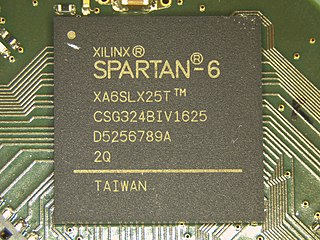Structural Verilog for Combinational Circuits#
Learning Goals#
Know how to create hierarchical designs using structural Verilog
Know how to use and instantiate components in higher-level designs
Background#
Exercise 101
Imagine that you want to implement a digital circuit which displays the decimal numbers 1 and 2 in loop on a seven segment display. How can you achieve this behavior?
Solution to Exercise 101
To create such a sequential behavior sequential logic can be used. There are two ways to implement sequential logic:
Most of the digital designs nowadays use synchronous sequential circuits. The reasons are depicted on the links above.
Exercise 102
What is a clock signal in a synchronous sequential circuit used for?
Solution to Exercise 102
A clock signal is a recurring signal typically swinging between logic high and low at a frequency. Clock signal is used to synchronize the components of a digital circuit.
Exercise 103
What is a counter?
How can we use a counter to create a slower clock?
Solution to Exercise 103
In a synchronous design, a counter is input with a clock signal and typically outputs a sequence of values, e.g., from 0 to 1, from 1 to 2, etc.
Note that a counter does not necessarily output incrementing numbers. For example: LFSR.
An incremental binary number counter with sufficient digits can be used to create slower clocks. For example the least significant digit of a counter will toggle with the half of the input frequency and 16th digit of a counter will toggle every \(2^{16}\) cycles.
Multiplexers, binary decoders and seven-segment displays were already discussed in previous chapters.
